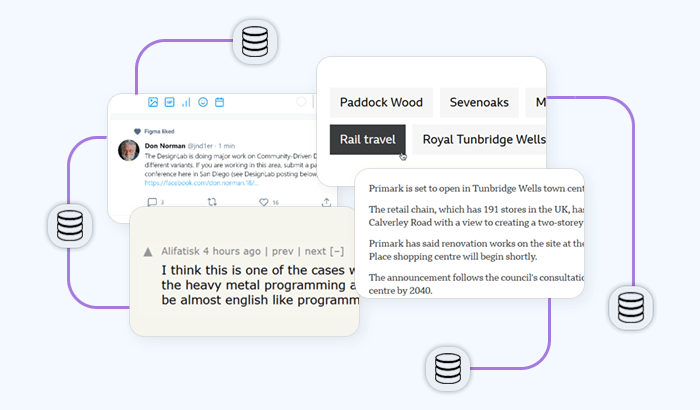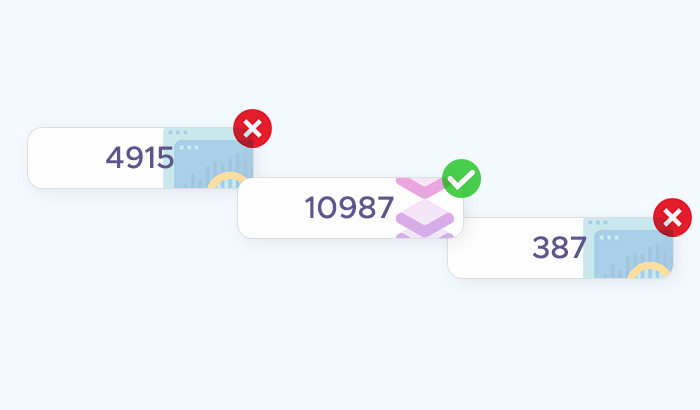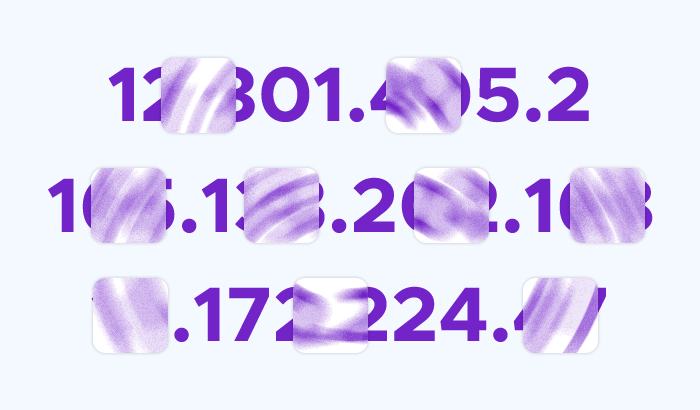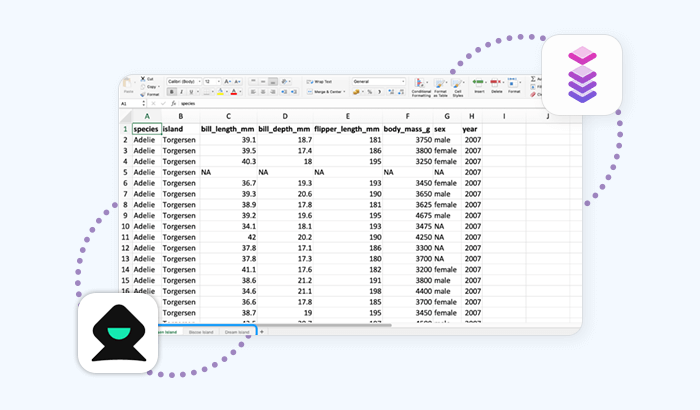

Are you planning to collect information from websites for business insights or research? If so, using proxies could be a smart move. In this article, we’ll explain how proxies can be used for web data collection – from choosing the right kind of proxy to setting it up correctly and using it in a way that’s both efficient and reliable.
What Are Proxies and How Do They Work?
A proxy works by acting as a middleman between you and the website you're trying to access. Instead of connecting directly, your internet request goes through a separate server first. This hides your real IP address, location, and other personal details from the website. That means you can view content that might be restricted in your country, or collect data without websites knowing it's coming from you.
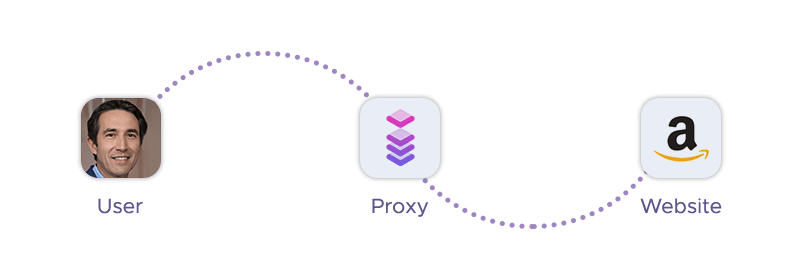
However, proxies do have some downsides. Free proxies, for example, are usually slower and may have limited data or unreliable connections. Some websites may even detect you're using a proxy and block your access completely.
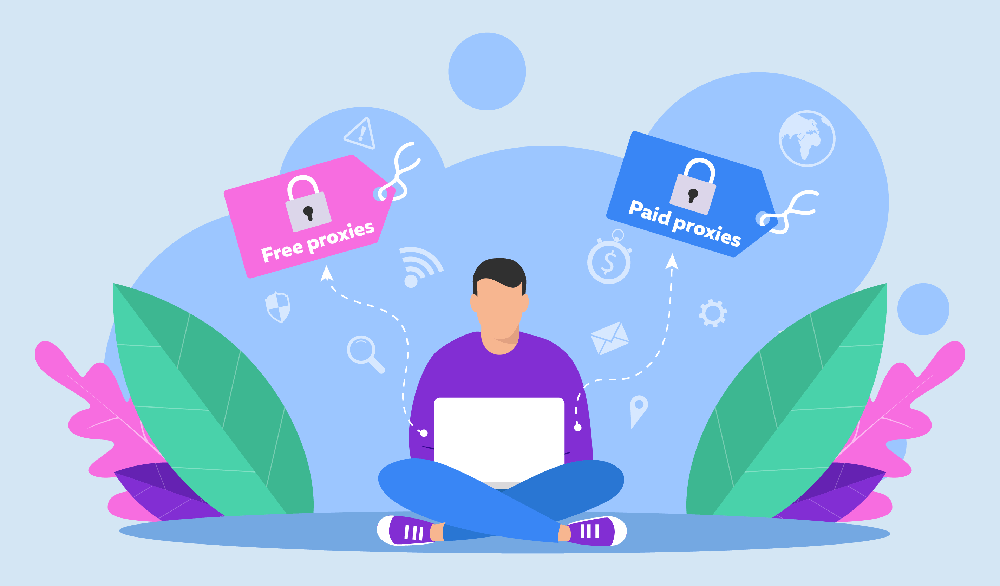
That’s why choosing a trusted proxy provider is important. A good provider will offer fast speeds, unlimited bandwidth, and access to servers in many different countries. It’s also key to avoid common mistakes – like using the same proxy for everything or sharing your proxy credentials with others.
Choosing the Right Type of Proxy for Your Data Collection
Before you start collecting data with proxies, it’s important to choose the type that fits your needs best. First, decide between static and rotating proxies:
Static proxies give you one fixed IP address that stays the same while you use it. They’re great for tasks like creating accounts or scraping websites that expect a consistent user.
Rotating proxies automatically switch IP addresses after each request or at regular intervals. These are perfect for jobs that need to send a lot of requests, like large-scale data mining or web crawling.
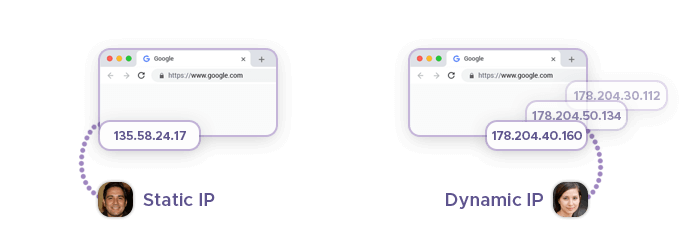
Next, think about whether to use free or paid proxies. Free proxies might look appealing, but they often come with problems – slow speeds, limited bandwidth, and a higher chance of being blocked by websites.
Private proxies are more reliable. They offer better speed, stronger security, and more stable connections. Services like Infatica provide professional-grade proxies with flexible plans to match different needs and budgets.
Setting Up and Configuring Your Proxy
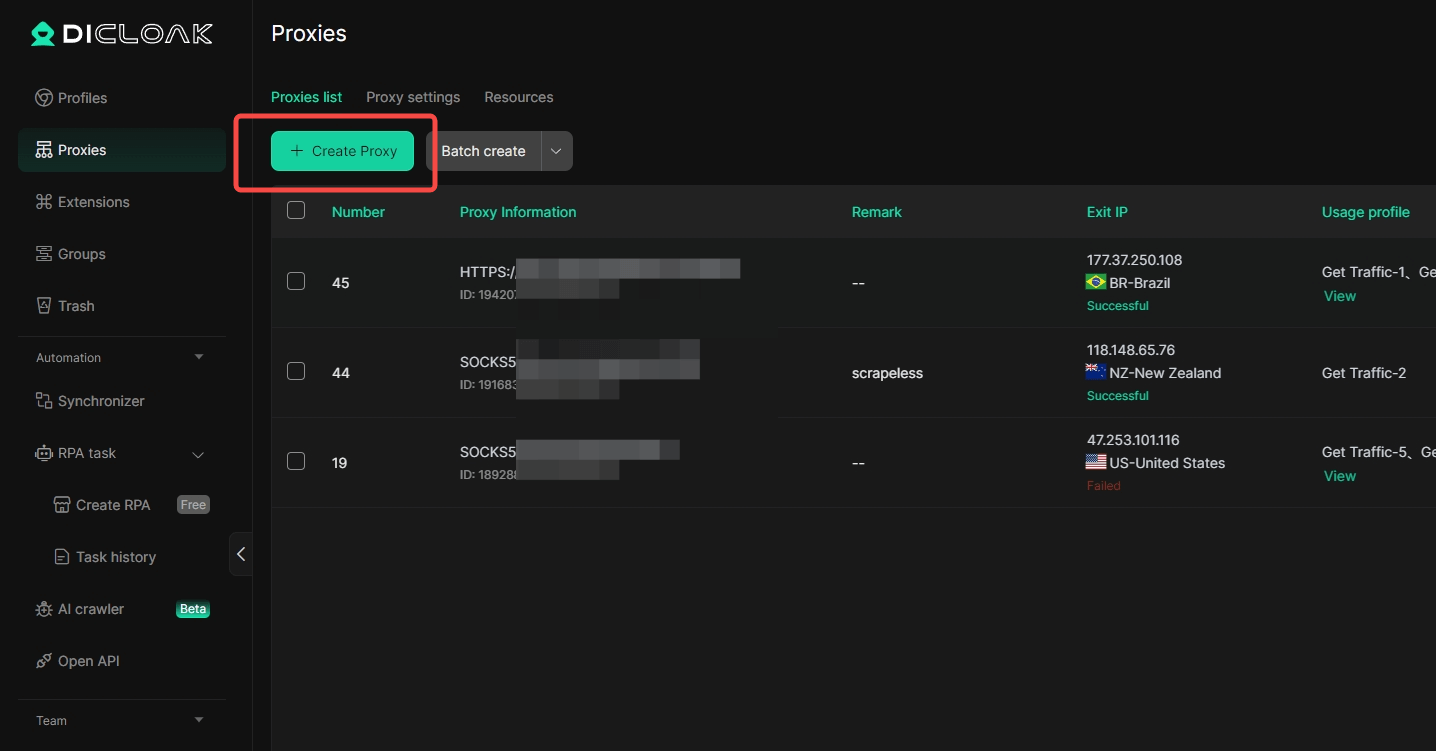
Once you’ve chosen the right type of proxy, the next step is setting it up. While each proxy provider has a slightly different dashboard, the overall setup process is usually pretty similar. Most providers, including Infatica, will give you the following details: IP address of the proxy server, port number, and username and password (if authentication is required). To configure your proxy, you can usually do one of the following:
In your browser: Go to your browser’s network settings and manually enter the proxy IP and port. If your provider requires login details, you’ll be prompted to enter your username and password when you start browsing.
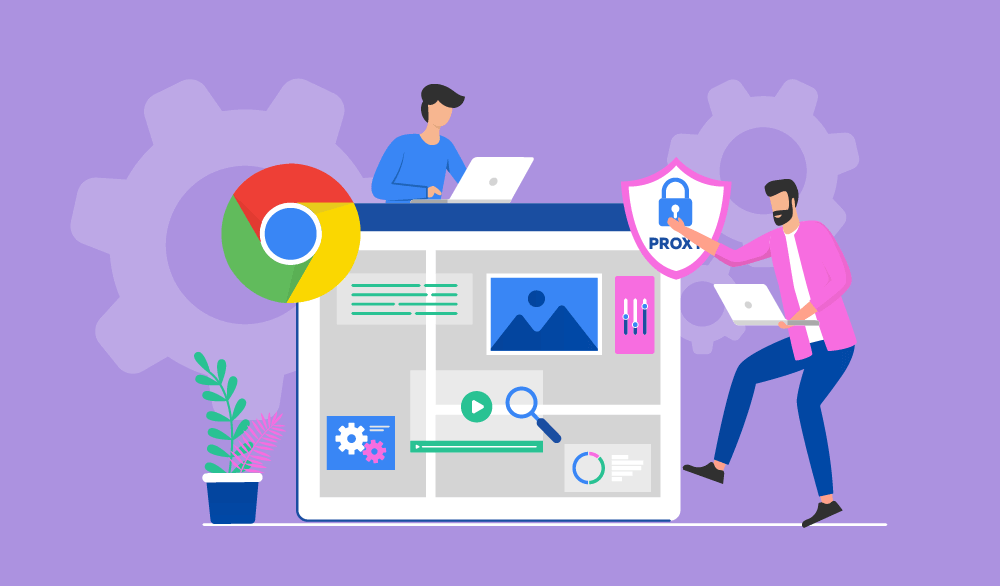
In your script or app: If you’re using code to collect data (like Python or JavaScript), most libraries allow you to pass proxy settings in your requests. This helps route all your data collection through the proxy automatically.
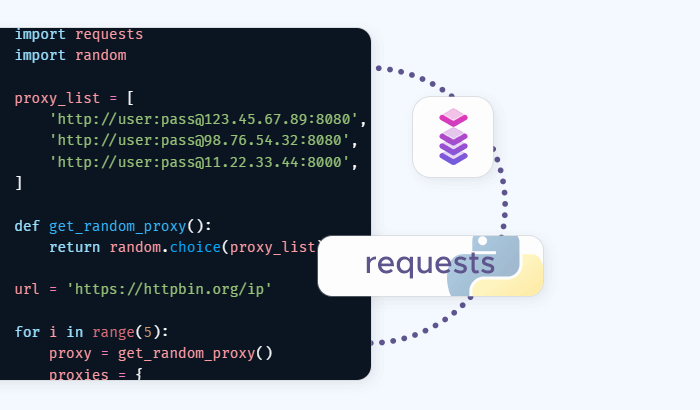
For advanced privacy, tools like the DICloak antidetect browser also support custom proxy setup. You can easily load your proxies into DICloak to hide both your IP address and browser fingerprint – making your online activity look like it’s coming from a completely different device and location. This is especially useful for data collection, managing multiple accounts, or browsing without getting blocked.
Smart Tips for Collecting Data with Proxies
To get the best results when using proxies for data collection, it's important to follow a few smart strategies. These tips will help you gather accurate data while avoiding errors, slowdowns, or bans from websites.
Use Proxy Rotation
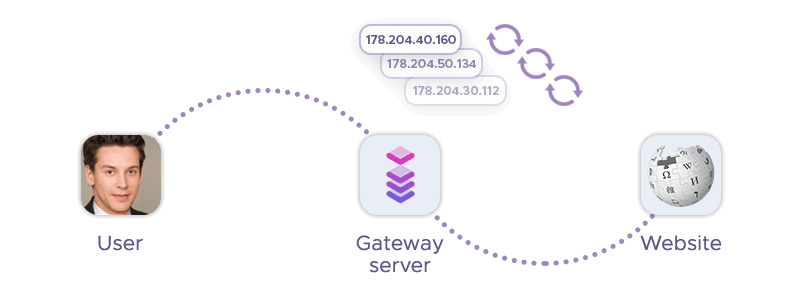
Proxy rotation is one of the best ways to avoid being blocked while collecting data. It works by automatically changing your IP address with each request, using a pool of different IPs from your proxy provider. This helps you stay under the radar, avoids triggering rate limits on websites, and keeps your activity anonymous. Infatica offers rotating proxy solutions, and tools like the DICloak antidetect browser can manage these proxies while also masking your browser fingerprint, making your data collection process even more secure.

Always Verify Your Data
Once you’ve gathered data, it’s crucial to check that it’s accurate and complete. Mistakes can happen – whether it’s missing content, duplicate records, or formatting issues – so verifying your results is a key step. You can use automated tools to catch errors quickly, or review the data manually if needed. Taking the time to verify ensures your collected information is reliable and ready to support analysis, reporting, or decision-making.
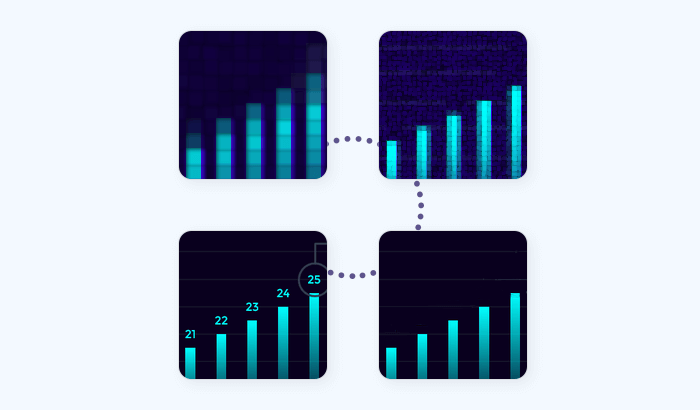
Staying Safe and Legal When Using Proxies
While proxies are powerful tools, using them responsibly is just as important as using them effectively. Staying anonymous is valuable, but you also need to make sure your actions are safe, ethical, and legal.
Use Proxies Ethically
When collecting data, make sure you’re only accessing publicly available content or information you have permission to use. Don’t try to gather sensitive personal data or anything that could violate someone’s privacy. Always respect website terms of service, and ask yourself whether your actions are fair and responsible. Ethical data collection protects both you and the people behind the content you’re accessing.

Follow Local Laws and Regulations
Before using proxies for data collection, take time to understand the legal rules in your country or region. Some areas have strict laws about how data can be collected and used, especially when it involves personal or private information. Also, make sure you follow your proxy provider’s terms of service and the rules of the websites you’re accessing. Staying informed and compliant helps you avoid legal issues and keeps your data collection efforts safe and professional.









